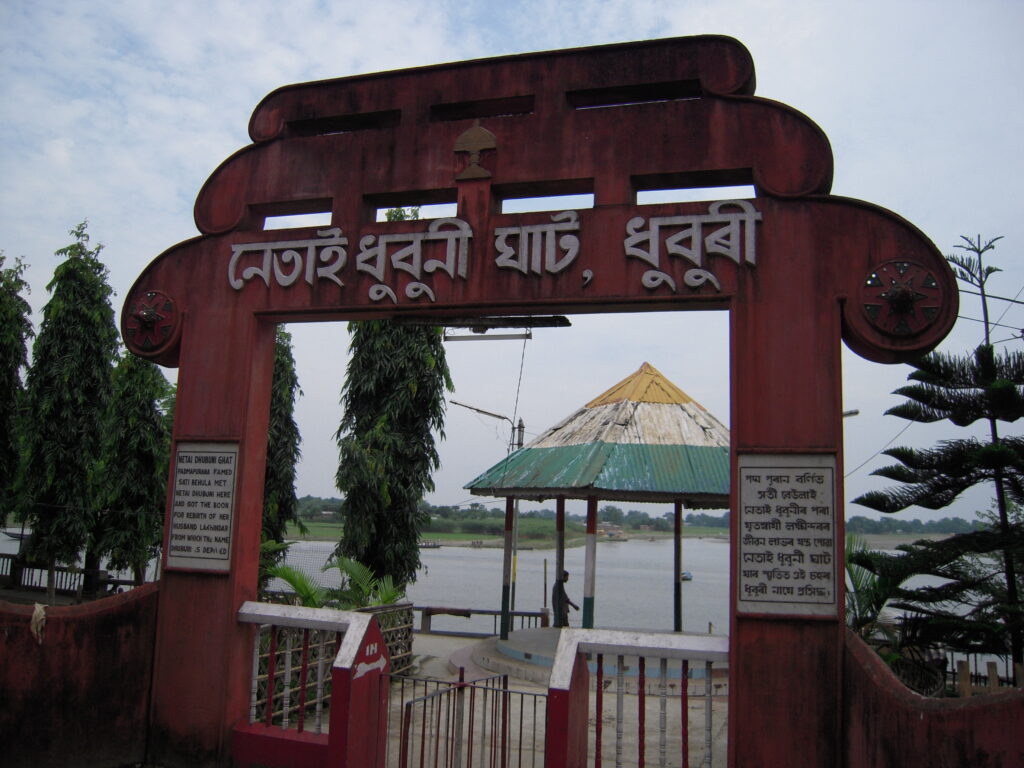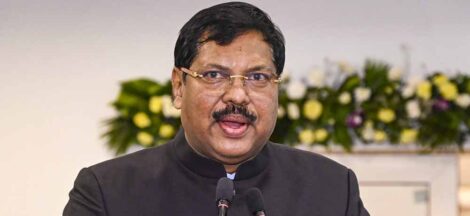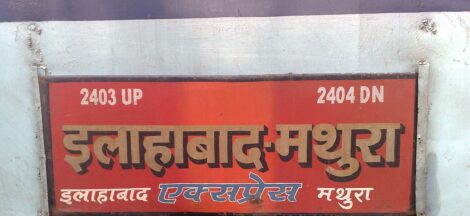Chief Minister Himanta Biswa Sarma mandated shoot‑at‑sight orders on Friday evening for Dhubri district, asserting decisive action against what he described as a “communal group” targeting Hindu temples in the border town. His announcement followed multiple disturbing incidents, including the placement of cattle remains and provocative posters, prompting deployment of paramilitary forces and an intensified inquiry into alleged cattle smuggling.
The escalation began in Dhubri—where approximately 90 percent of residents are Muslim—one day after Bakrid on 7 June, when a cow’s head was discovered outside the Hanuman temple. A repeat incident occurred the following evening, accompanied by stone‑pelting at night. Both Hindu and Muslim community leaders initially appealed for calm, but tensions persisted.
During on‑site meetings, CM Sarma accused the group “Nabin Bangla” of campaigning for Dhubri’s inclusion in Bangladesh, alleging it deliberately stoked unrest via posters plastered around Eid. He warned that the organisation has mobilised with intent to harm temples and ordered zero tolerance, including shoot‑at‑sight rules enforced after dusk.
Law enforcement action intensified swiftly. Both Rapid Action Force and Central Reserve Police Force units were dispatched to the district to bolster local police presence. Prohibitory orders were temporarily imposed in Dhubri town, with markets and shops shuttered before being lifted mid‑week amid relative calm.
The CM further charged that a “new beef mafia” smuggled in thousands of cattle—particularly from West Bengal—before the festival, using meat as a provocation. He directed an investigation and asserted those responsible would face legal action under existing laws.
Sarma emphasised that this was not a law enforcement overreach but a pre‑emptive response to a growing threat. “A particular group has become active with the intention of damaging our temples,” he said, reiterating that any stone‑pelting suspects spotted by police after nightfall would be met with immediate force. He added that he would personally guard the Hanuman temple during next year’s Eid if needed.
Administrators issued non‑bailable warrants against individuals identified as local agitators, and reported at least 22 arrests tied to mob violence and poster‑campaign activities as of Friday. Additional security forces are poised to remain stationed, with contingency plans for further deployments should unrest escalate.
Observers note this is not the first time Dhubri has witnessed communal friction; the district was among those affected during the 2012 ethnic‑communal crisis in Assam. That history has shaped local sensitivity to provocation around religious sites.
Human rights advocates caution that shoot‑at‑sight directives, while aimed at deterring mob violence, raise serious concerns about civil liberties and potential misuse. They argue that transparent oversight, timely judicial review and clear operational protocols are essential to prevent excessive force.
The government maintains that its action targets only those intent on undermining communal harmony. CM Sarma asserts the strategy aims to protect religious freedom while preventing targeted intimidation of temple visitors. Local authorities are collaborating with peace committees—set up in both Hindu and Muslim areas—to monitor sentiment on the ground and defuse tensions proactively.
At the heart of the present crisis lies a fraught mixture of religious symbolism and cross‑border politics. Allegations that Dhubri’s identity is being leveraged by external forces, and accusations of a weaponised cattle trade, reflect deep‑seated anxieties within Assam’s diverse society. Analysts warn that even if overt violence subsides, the underlying distrust and resentment may persist.
The CM has pledged continued presence in Dhubri on major festivals going forward. With elections looming later this year, the handling of communal hotspots such as this could become a defining issue in Assam’s political discourse.




 UP Blocks Urs Gatherings Over Law‑and‑Order Worries
UP Blocks Urs Gatherings Over Law‑and‑Order Worries 